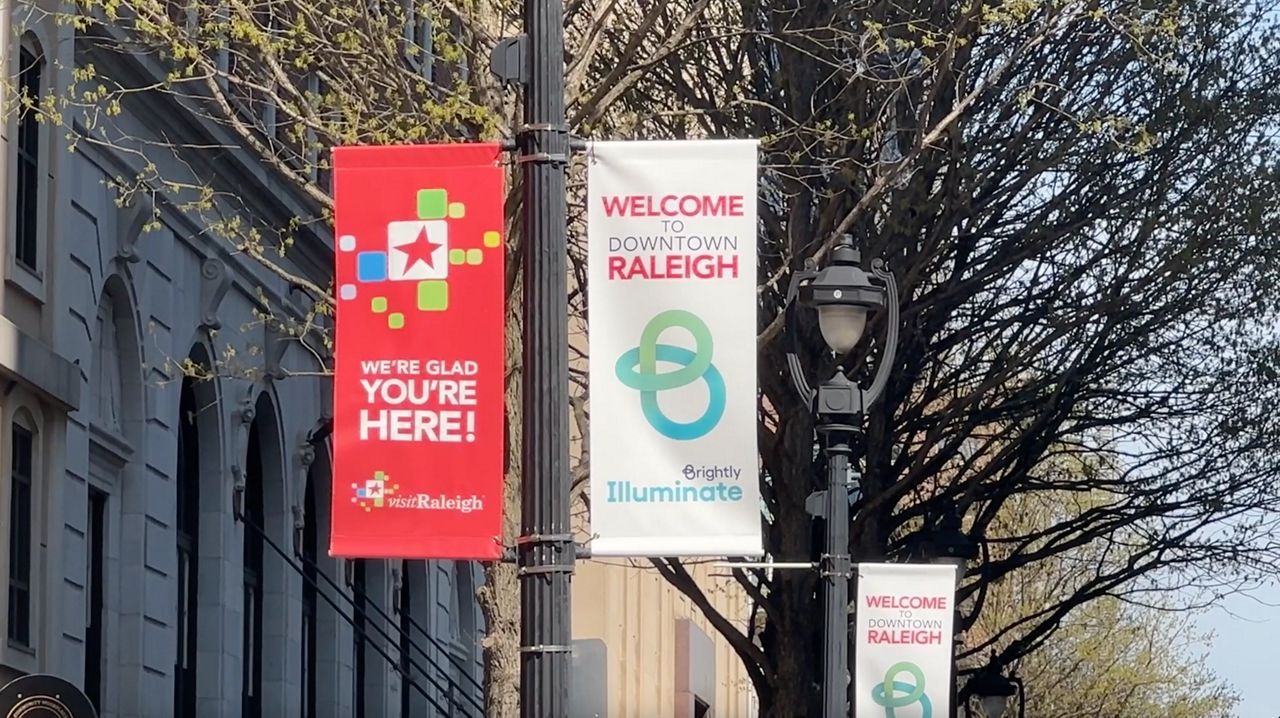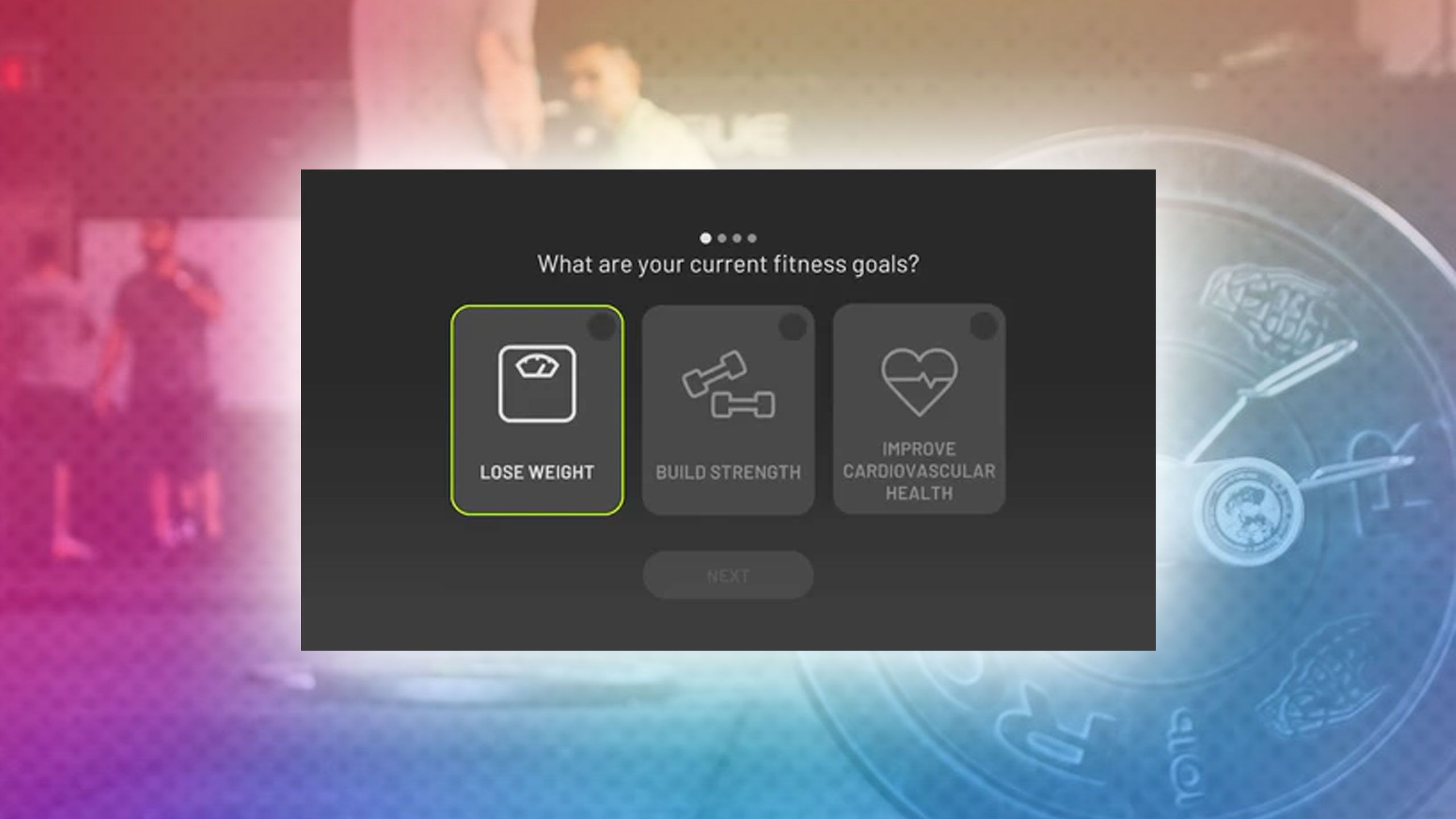Bussiness
Raleigh looks to bring new businesses, more people downtown

RALEIGH, N.C. — Many cities are still recovering economically years after the COVID-19 pandemic. The city of Raleigh and the Downtown Raleigh Alliance are working together to revitalize the heart of the capital city.
Raleigh economic development director Kyle Touchstone said the goal is to bring in new businesses and more people. He said one approach is an economic development strategy that focuses on business recruitment, retention and expansion.
“A part of that is talent attraction and a talent retention initiative,” Touchstone said.
This joint initiative between the city and the Downtown Raleigh Alliance will focus on expansion and revitalization of downtown. This includes building new apartments, establishing new restaurants and retail businesses and expanding the Raleigh Convention Center.
“We just don’t see that type of vitality in other locations like we see here in Raleigh,” Touchstone said.
The economic development director said the state’s capital suffered during the pandemic.
The data shows downtown foot traffic fell from 60,000 people to about 30,000. But the the numbers have since been bouncing back, with the area seeing 50,000 to 55,000 people.
“It’s an indicator that people are back in the office and people are back spending dollars around town,” Touchstone said.
James Labar with Charlotte City Center Partners said the Queen City, like many other U.S. cities, has seen a fluctuation in pedestrian traffic over the past few years but is coming back to life.
“Over the last four years we have built back, some exceeding 2019 period and then other ones were about 75%-80% back of the pre-pandemic levels,” Labar said.
Downtowns around the country can regain their pedestrian population by making the area a central activity district as opposed to a business district, he said.
“If your downtown is solely based on office, you’re going to have a hard time trying to bring that vibrancy back,” Labar said.
Durham has a pandemic recovery rate of almost 80%, while Raleigh and Greensboro around are 77% and Charlotte is at 76%, according to the Downtown Raleigh Alliance.







